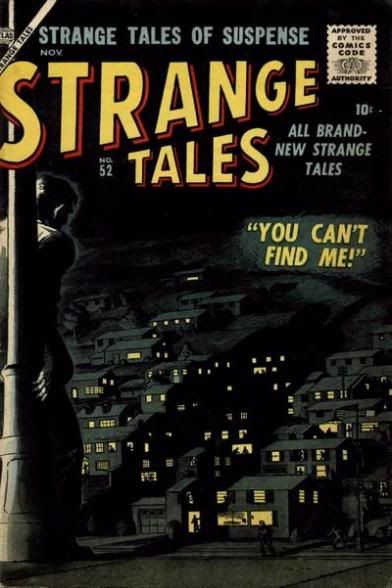Adults Only, please. You must be 18 years of age, or older, to view this. THX
http://crypticarch.proboards100.com/index.cgi?
winx action radio

bizcard

bizcard -e address

mug 1

mug 2
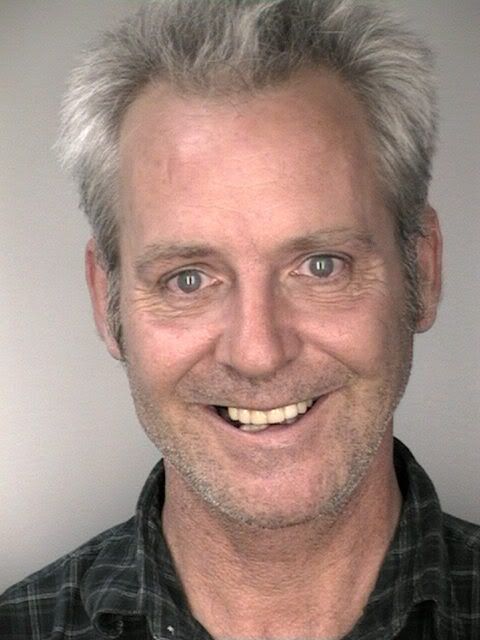
mug 3

Top Cat

Fido

fight club

zen whirly-gig

exploding scanner

my fav rom cov

fl cowboy

tampabay pirate grrrl

hope chest

butterfle buzzer cigars

butterfly

black crows

sandeman/me/zorro

mojave indian

jackass

6 b/w pix o me:
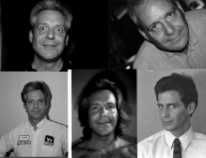
stumbling drunky hippy doggy

tinkerbell/keyhole

sexy inside

pope/emp

matrix cycle

matrix hidden code shower

neo dons shades

c.u. agent/rain

3 matrix agents down the hall

burly-men sequance

kong

cat attack

contrapuntal grrrl

contrapuntal grrl side view

I'd hit it

whirly-tilt ring spinnin'

video game

v game 2

v game 3

Atom Egon

eye dilation

fingernail

Nap Dyn Get Down

fightin' oars

gigglin' jigglin' juggies

fat boy rocks out

church

indigo star ball

T, T!T x-pose'

t!t mass

high style

cape kennedy

divorce court

diver dan

shut the f up

skeleton walking

sly the cat runnin'

bjork robots

moire
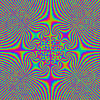
moire psychedelic

psychdelic kaliedescope

lava flow

LOL

negative butt dance grrrrrl

dance troupe 4

spidey dance 1

spidey dance 2

s dance girl

kung fu

goth chic dance

wee anime grrrl

loca chicka

blue matte dance

timing is...

hello UPC

phoenix (d'jstill)

own nothing/everythung napster

charlton blue house ad

Affliction, like the iron-smith, shapes as it smites.
Do not wait for leaders do it alone, person to person.
What I gave I have, what I spent I had and what I left I lost.
If it looks like shit, smells like shit, mail it to your enemy... he'll know what to do with it.
Is freedom anything else than the right to live as we wish? Nothing else.
As to honor -- you know -- it's a very fine mediaeval inheritance which women never got hold of. It wasn't theirs.
There is no greater hell than to be a prisoner of fear.
The game of history is usually played by the best and the worst over the heads of the majority in the middle.
Men of the noblest dispositions think themselves happiest when others share their happiness with them.
The simple lack of her is more to me than others presence.
When you do something, you should burn yourself up completely, like a good bonfire, leaving no trace of yourself.
In the sweetness of friendship let there be laughter, and sharing of pleasures.
Consumers are statistics. Customers are people.
 electricity
electricity square fire
square fire flame tips
flame tips blue plasma wad
blue plasma wad thermometer
thermometer banner clip art
banner clip art tony montoya say hello machina gun
tony montoya say hello machina gun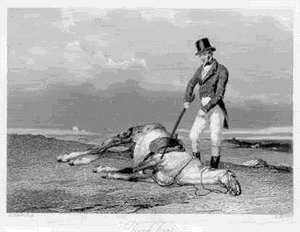 beating a dead horse
beating a dead horse two-legged horse
two-legged horse the dude and the cop
the dude and the cop diving board laser attack
diving board laser attack dancing cute tokyopop
dancing cute tokyopop spinning girl gown
spinning girl gown ska dancer
ska dancer Rat fink eyes
Rat fink eyes glove thumb up wave point down
glove thumb up wave point down delux devil icon
delux devil icon hottie/studmuffin
hottie/studmuffin





